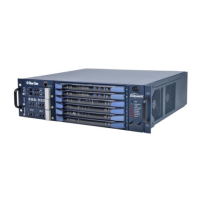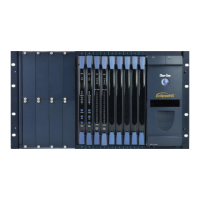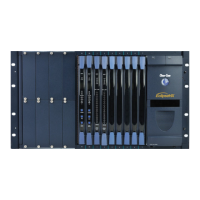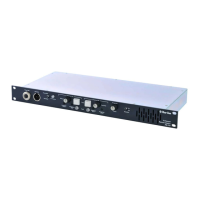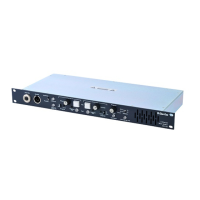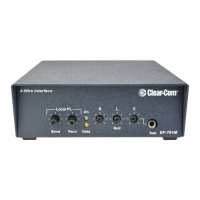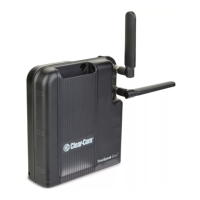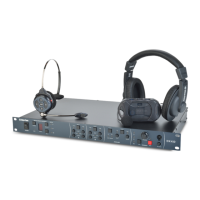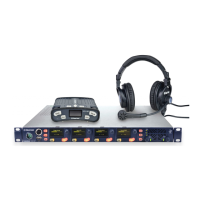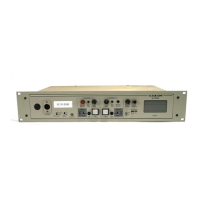5 Using the Eclipse HX-Median
This chapter describes how to operate the Eclipse HX-Median matrix frame,
including its CPU cards and interface cards.
Note: For an overview of the Eclipse HX-Median, see 3 Overview.
5.1 Creating and storing system configurations
A configuration is a complete set of operating parameters for the system which
includes talk and listen paths for each connected intercom device.
Depending on the interface cards and modules installed, the configuration can
include more complex features such as paging, call signaling, interrupt foldback
(IFB), ISO, groups, automatic DTMF dialing, and routing.
When an external computer is connected to the matrix, you can:
Retrieve the current configuration information stored in the CPU
microprocessor’s memory and display the configuration in EHX.
Apply the current configuration, modify it, or create a new configuration
in EHX.
If you create more than one configuration, you can store the unused
configurations on the computer’s hard disk or on CD-ROM for later use.
Note: The CPU card in the Eclipse HX-Median stores up to four complete
configurations. You can apply a configuration directly from the CPU card or from
the connected PC.
5.2 Setting the default IP Address
To reset the CPU LAN ports to their default IP addresses, press and hold the
ENG and FULL RESET buttons on the CPU front card until the card resets.
Note: Do not release the ENG and FULL RESET buttons until the CPU card LED panel
shows either an A or a B.
The LAN1 Ethernet port is reset to the factory default address of
169.254.0.100 and the second Ethernet port to the 0.0.0.0 (blank) address.
The LAN1 reverts to a link local address of 169.254.0.100 only after trying and
failing to acquire an IP address from the network at startup.
The LAN1 defaults to the DHCP mode of operation. This mode of operation is not
to be used once the frame is operational as it delays the start-up of the frame
following any reset.
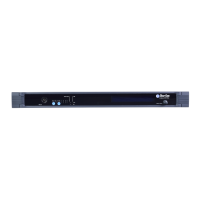
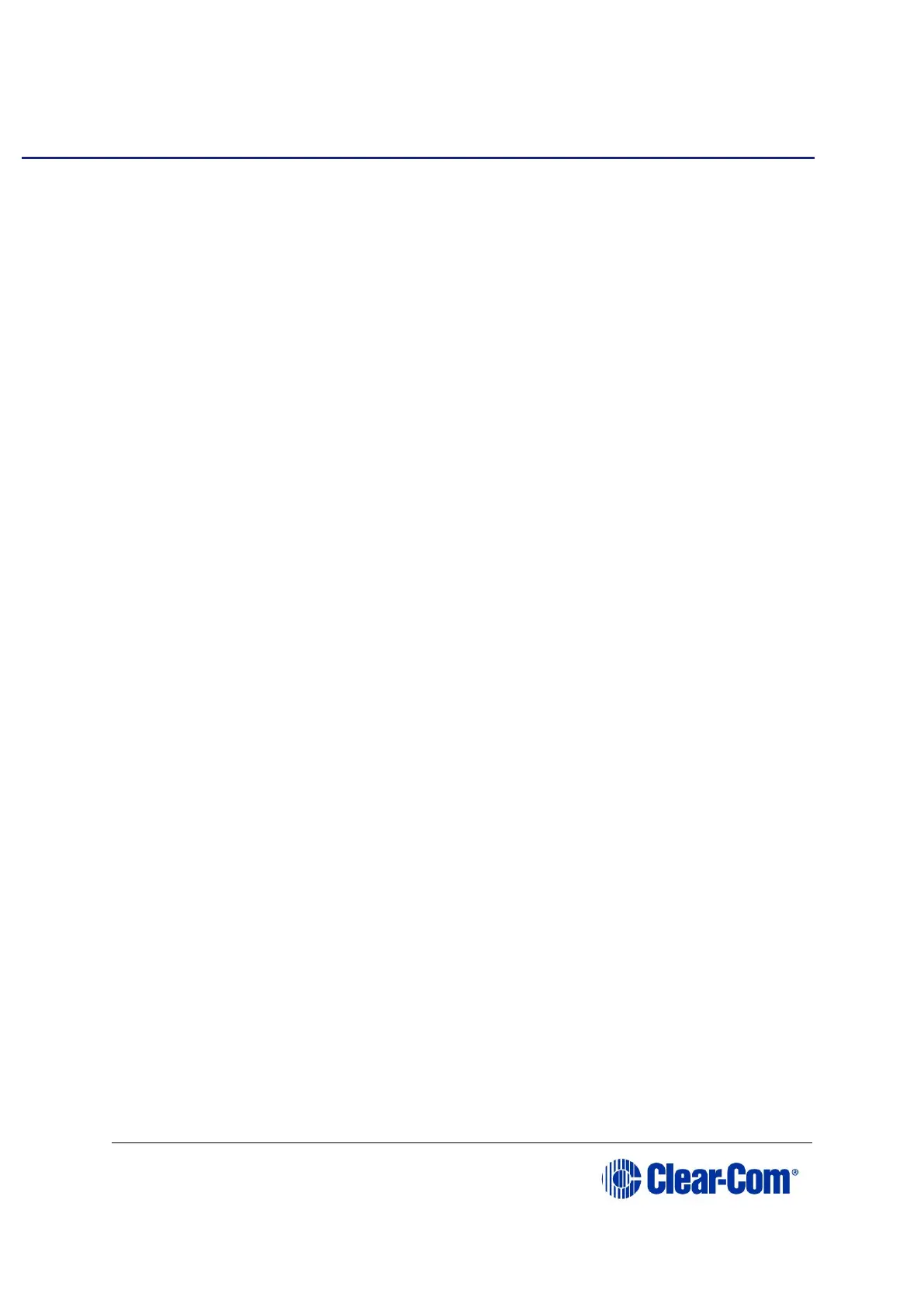